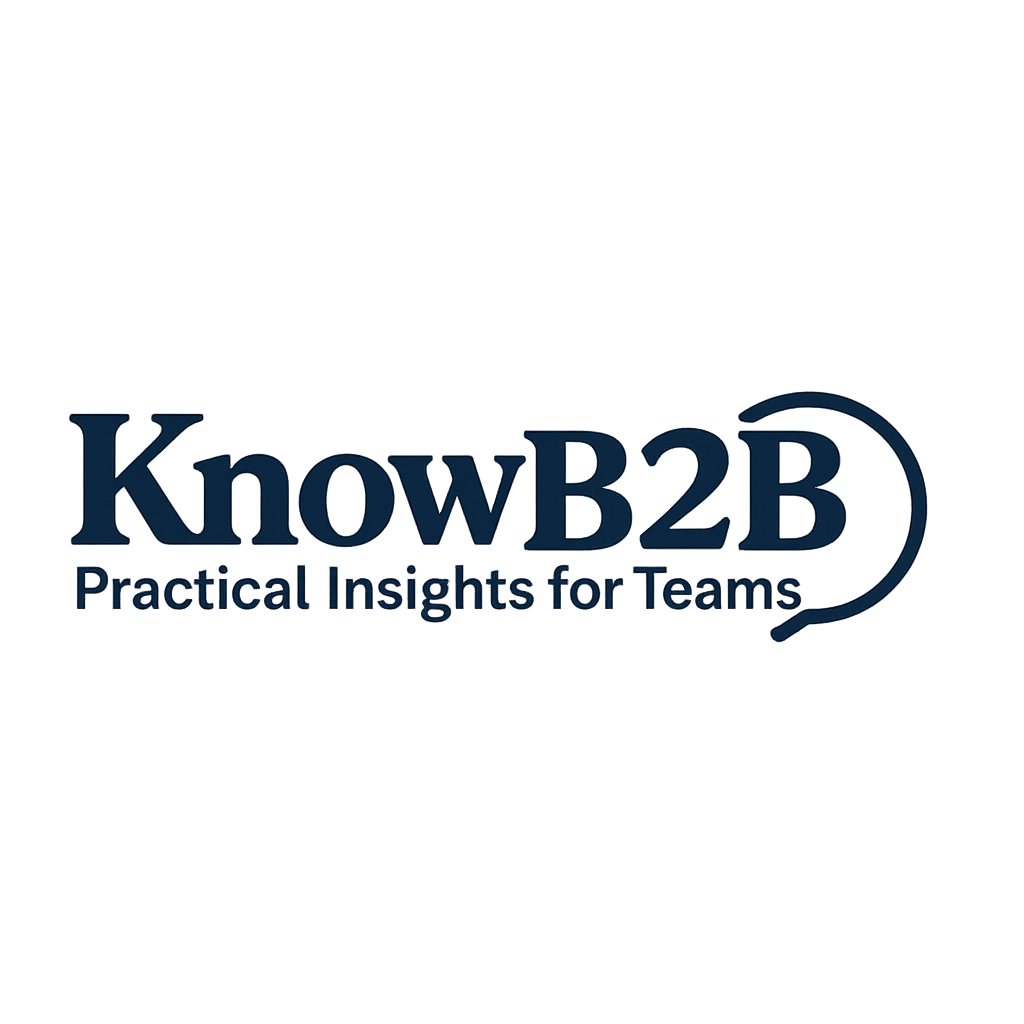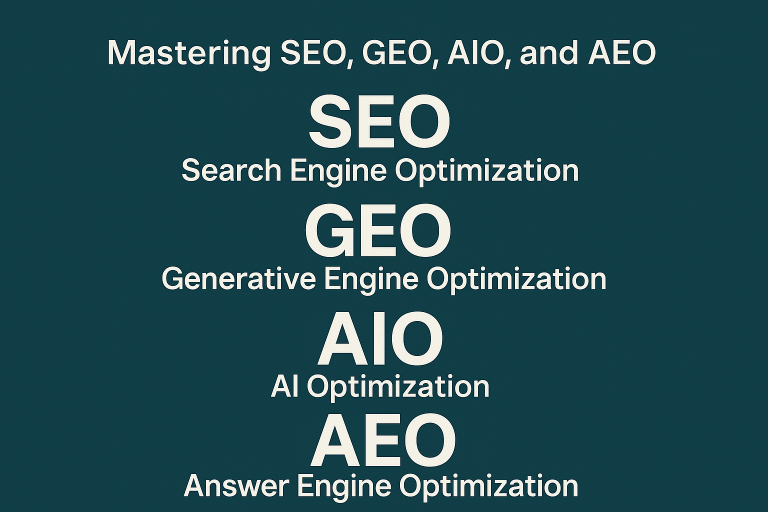In B2B companies, the marketing team plays a crucial role not just in building brand visibility, but also in generating demand, educating the market, and accelerating pipeline growth. However, many companies struggle to organize their marketing teams as they scale.
This article provides a practical guide to structuring a B2B marketing team at different stages of growth — from early-stage startups to large enterprises — and explains the purpose and benefits of each key role, including brand, demand generation, product marketing (PMM), SDR, content, and operations.
1. Startup Stage (1–30 employees / Marketing team of 1–2 people)
✅ Recommended Structure: Full-Stack Marketer or Founder-led
| Role | Headcount | Responsibilities |
|---|---|---|
| Generalist Marketer | 1 | Manage branding, website, content, paid ads, and basic SEO |
| Freelance/Intern Support | Optional | Assist with blog writing, visual assets, or social media |
🎯 Why This Structure Works:
- At this stage, agility is key. You need a marketing “doer” who can wear multiple hats and execute quickly.
- Marketing is often founder-driven, especially when defining product-market fit (PMF) and target segments.
✅ Key Focus Areas:
- Build a clear brand narrative and basic website
- Launch content marketing (blogs, case studies)
- Set up SEO foundations and simple lead capture forms
- Run low-budget paid campaigns to test channels
Tip: Tools like Notion, Webflow, or Hubspot Starter can help you launch fast without technical dependency.
2. Growth Stage (30–150 employees / Marketing team of 3–7 people)
✅ Recommended Structure: Functional Team with Initial Specialization
| Function | Suggested Roles | Responsibilities |
|---|---|---|
| Brand & Communications | 1 | Build brand identity, design assets, and handle PR |
| Content Marketing | 1 | Own blog, gated assets, case studies, and social posts |
| Product Marketing (PMM) | 1 | Define messaging, create sales enablement, support launches |
| Demand Generation | 1 | Run paid ads, email campaigns, webinars, SEO |
| Head of Marketing | 1 | Oversee strategy, team management, and alignment with sales |
🎯 Why This Structure Works:
- As your business grows, you need more role clarity and channel ownership.
- You’re transitioning from PMF to scalable demand generation — that means coordinated execution across content, paid media, and product narrative.
✅ Key Focus Areas:
- Identify Ideal Customer Profile (ICP) and refine go-to-market strategy
- Double down on SEO + paid acquisition for consistent lead flow
- Strengthen alignment with sales through shared funnel metrics (MQLs, SQLs)
- Begin building a marketing ops stack for attribution and automation
3. Enterprise Stage (150+ employees / Marketing team of 8–30+ people)
✅ Recommended Structure: Matrixed Team with Strategic Specialization
| Team | Key Roles | Responsibilities |
|---|---|---|
| Brand Team | Brand Director, PR, Visual Designer | Own corporate identity, brand consistency, media relations |
| Product Marketing (PMM) | PMM Leads per product line | Craft differentiated messaging, conduct competitive research, support sales |
| Content Team | Editors, Writers, Video/Design | Scale content across formats, regions, and buyer journeys |
| Demand Generation | Paid Media, Email, SEO, ABM | Optimize performance across channels, run campaigns |
| Events & Partnerships | Event Manager, Channel Marketing | Run webinars, conferences, ecosystem partnerships |
| Marketing Ops & Analytics | Martech Lead, CRM Admin, Data Analyst | Own tech stack, attribution, lead scoring, reporting |
| SDR Team (Sales Dev) | SDR Manager + Reps | Qualify MQLs, book demos, enable faster handoff to AEs |
| Regional/Field Marketing | Local Marketers per region | Drive local GTM programs, align with regional sales |
🎯 Why This Structure Works:
- Marketing becomes a revenue engine, not just a cost center.
- Each team owns part of the funnel or lifecycle: brand for awareness, PMM for conversion, demand for lead gen, SDRs for pipeline acceleration.
- With scale comes complexity — operations and clear accountability are critical.
✅ Key Focus Areas:
- Full-funnel attribution and ROI tracking using tools like Hubspot, Salesforce, GA4, and Looker Studio
- Launch integrated campaigns using Account-Based Marketing (ABM)
- Build repeatable content engines (e.g. whitepapers, case study libraries, video series)
- Support multi-language and multi-region campaigns
Where Should SDRs Sit? Marketing or Sales?
Short answer: Depends on your sales cycle and lead quality.
- In high-velocity SaaS, SDRs may sit within sales but closely align with marketing’s MQL pipeline.
- In ABM or enterprise sales, it often makes sense for SDRs to report to marketing to ensure tight feedback loops and data visibility.
🧠 Best practice: SDRs should have shared KPIs with marketing, like MQL-to-SQL conversion rate, regardless of org chart.
Team Evolution Roadmap: A Practical Hiring Sequence
Here’s a sample hiring roadmap for growing teams:
- Hire 1–2 generalists to test traction (content + demand + branding)
- Add Product Marketing for messaging clarity and sales support
- Hire demand generation and SEO/PPC experts as lead volume grows
- Build a content production team to scale assets and storytelling
- Add SDRs and ops to improve conversion and insights
- Eventually layer in brand, events, and field marketing as revenue scales
Benefits of a Structured B2B Marketing Team
| Benefit | Description |
|---|---|
| 🎯 Focus | Each role drives specific outcomes across awareness → acquisition → revenue |
| 🔄 Accountability | KPIs are clearer — e.g., PMM for sales velocity, demand for MQLs |
| 📈 Scalability | You can run parallel campaigns across personas, regions, and funnels |
| 📊 Measurability | A clear ops team enables data-driven decisions and resource allocation |
| 🤝 Alignment | Marketing aligns better with product and sales, enabling GTM success |
Final Thoughts
A great marketing team isn’t just about headcount — it’s about clarity, capability, and coordination. As your business evolves, so should your marketing org. Don’t rush to “look like” an enterprise. Build based on what you need now, with the flexibility to scale.
Ask yourself:
- Is marketing clearly contributing to pipeline and revenue?
- Are your efforts measurable and repeatable?
- Are roles aligned to your buyer journey?
If the answer is unclear, it may be time to rethink your marketing team structure — and invest in the next stage of growth.



